Home>Interior Design>20 Bright Ideas For Ceiling Windows, Transoms, And More
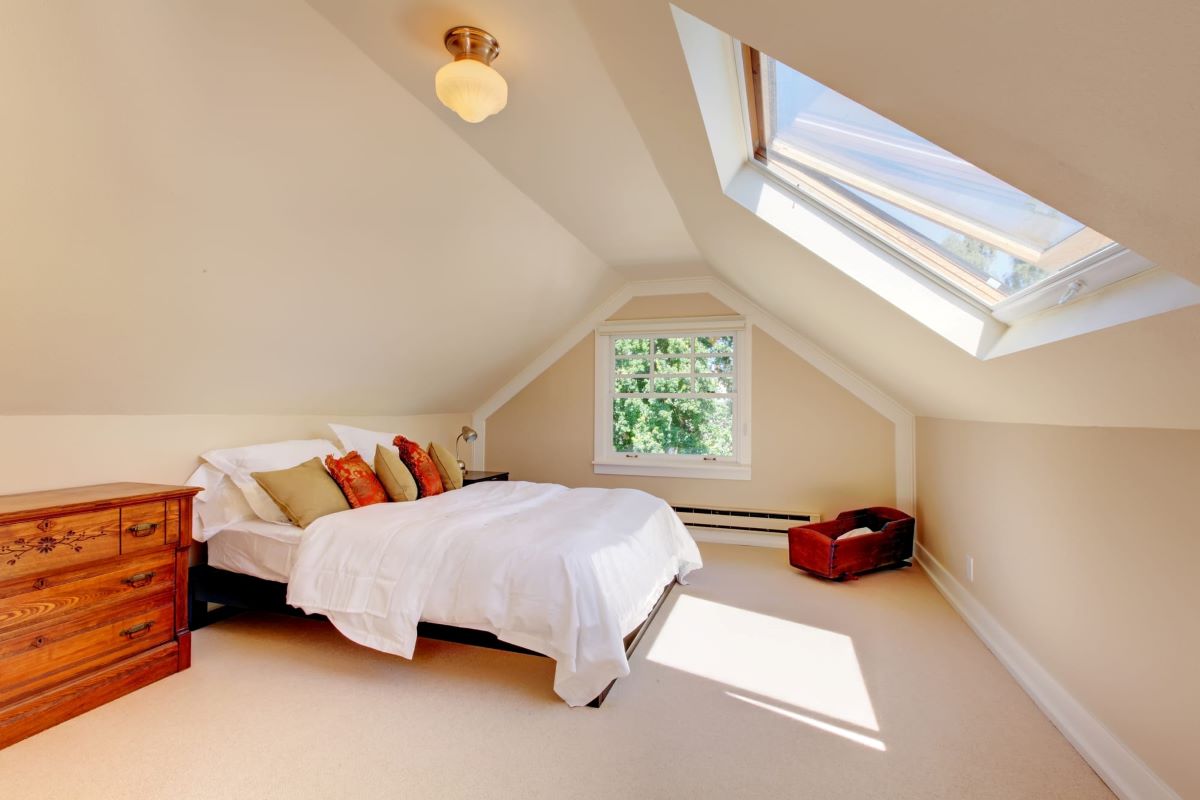

Interior Design
20 Bright Ideas For Ceiling Windows, Transoms, And More
Modified: February 2, 2024
Discover 20 brilliant interior design ideas for ceiling windows, transoms, and more. Transform your space with stylish solutions that bring in natural light and enhance your home's aesthetic.
(Many of the links in this article redirect to a specific reviewed product. Your purchase of these products through affiliate links helps to generate commission for Storables.com, at no extra cost. Learn more)
Introduction
When it comes to interior design, windows play a crucial role in both the aesthetic appeal and functionality of a space. They not only allow natural light to flood in, but also provide breathtaking views of the outside world. Among the various types of windows available, ceiling windows, transoms, and other unique window designs have gained immense popularity in recent years.
In this article, we will explore 20 bright ideas for ceiling windows, transoms, and more, offering you a plethora of inspiration for your next interior design project. From modern and minimalist to classic and ornate, these innovative window designs can transform a room and create a truly remarkable atmosphere.
So, whether you’re renovating your home, building a new one, or simply looking for ideas to update a specific room, these window styles are sure to captivate your imagination and elevate your design vision.
Let’s dive in and explore the possibilities!
Key Takeaways:
- Embrace the beauty and functionality of unique window designs such as ceiling windows, transoms, and clerestory windows to bring abundant natural light, stunning views, and a sense of openness to any space.
- From the sleek and modern appeal of pivot windows to the timeless elegance of stained glass windows, explore a variety of window options to enhance the ambiance and architectural interest of your interior design.
Ceiling Windows
Ceiling windows, also known as skylights or roof windows, bring the beauty of the sky directly into your living space. These windows are typically installed in the ceiling or roof and can provide an abundance of natural light, making the room feel more spacious and inviting.
One of the benefits of ceiling windows is their ability to offer panoramic views of the surrounding landscape. Whether it’s a starry night sky, a lush tree canopy, or a breathtaking cityscape, ceiling windows allow you to enjoy the beauty of the outdoors from the comfort of your own home.
Additionally, ceiling windows can be strategically placed to provide ample natural light throughout the day. This not only reduces the reliance on artificial lighting but also brings a sense of warmth and connection to the natural environment.
There are different types of ceiling windows to consider, such as fixed skylights, opening skylights, tubular skylights, and more. Fixed skylights are a popular choice as they offer a permanent view and allow for uninterrupted natural light. Opening skylights, on the other hand, can be operated manually or electronically, providing both ventilation and natural light.
When incorporating ceiling windows into your interior design, it is important to consider the orientation and placement. South-facing windows bring in the most sunlight, while north-facing windows provide a cooler, more diffused light. East-facing windows let in gentle morning sun, while west-facing windows offer warm afternoon light.
Depending on your preference and architectural style, ceiling windows can be installed individually or in a series to create a stunning visual effect. They can be combined with other window types to maximize natural light and create a seamless flow between indoor and outdoor spaces.
Overall, ceiling windows are a fantastic option for adding natural light, expansive views, and a sense of openness to any room. Whether it’s a living room, kitchen, bedroom, or even a bathroom, these windows can truly transform the ambiance and enhance the overall design of your space.
Transoms
Transoms are horizontal windows that are typically installed above doors or other windows. They have a long history in architecture and were originally designed to allow additional light into a space while maintaining privacy.
One of the key advantages of transoms is their ability to bring in natural light without compromising privacy. By installing transoms above doors or windows, you can let in sunlight while still maintaining a level of seclusion. This is particularly beneficial in areas such as bathrooms, where privacy is essential.
In addition to their practicality, transoms can also add a touch of elegance and visual interest to a room. They come in various shapes and sizes, allowing for flexibility in design. From rectangular transoms to half-circle and full-circle transoms, you can choose a style that complements the overall aesthetic of your space.
Transoms can be used in a variety of settings, from traditional to contemporary. In older homes, they are often seen above front entry doors to add a touch of architectural charm. In modern homes, transoms can be used to create a sleek and minimalist look, adding a unique element to the design.
Another advantage of transoms is their versatility. They can be fixed or operable, depending on your preference. Some transoms can be opened to allow for ventilation, while others are purely decorative. The choice between fixed and operable transoms depends on the function and design concept of the space.
In terms of placement, transoms can be installed above interior doors to bring in light from adjacent rooms or hallways. This can create a sense of openness and flow between spaces. They can also be used above windows to enhance the amount of natural light entering a room.
When considering transoms in your interior design, it’s important to take into account the proportions and scale of the space. Transoms should harmonize with the overall design aesthetic and not overwhelm the surrounding elements. By carefully selecting the size, shape, and placement of transoms, you can create a visually stunning effect that enhances the beauty and functionality of your space.
Clerestory Windows
Clerestory windows are a unique type of window typically found in architectural designs of churches, temples, and other large structures. However, they have also gained popularity in residential and commercial buildings due to their aesthetic appeal and functional benefits.
These windows are set high on the walls, above eye level, allowing natural light to enter the space while maintaining privacy. Clerestory windows are known for their ability to brighten up a room with a soft, diffused light, creating a warm and inviting atmosphere.
One of the primary reasons for incorporating clerestory windows in interior design is to maximize natural light. By placing windows high up on the walls, you can capture sunlight and distribute it deeper into the room, reducing the need for artificial lighting during the day.
In addition to enhancing natural lighting, clerestory windows can also provide stunning views of the surrounding environment. They allow you to enjoy the beauty of the outdoors, whether it’s a picturesque landscape or a bustling cityscape.
Clerestory windows come in a variety of shapes and sizes, including rectangular, triangular, and arched. The choice of window shape and design depends on the architectural style of the space and the desired aesthetic effect.
These windows can be used in a range of settings, from living rooms and bedrooms to offices and commercial spaces. They are particularly beneficial in rooms where privacy is important, as they allow light to enter without compromising personal space.
When designing with clerestory windows, it’s important to consider their placement and orientation. South-facing clerestory windows bring in the most sunlight, making them ideal for rooms that require bright, direct light. East-facing windows capture morning sun, while west-facing windows provide warm afternoon light.
Clerestory windows can also be combined with other window types, such as floor-to-ceiling windows or skylights, to create a dynamic architectural design. This combination allows for a greater influx of natural light and a more visually appealing design scheme.
Overall, the inclusion of clerestory windows in your interior design can have a significant impact on the atmosphere and functionality of a space. By introducing ample natural light and breathtaking views, clerestory windows create a sense of openness, tranquility, and connection to the outdoors.
Skylights
Skylights are windows that are installed in the roof or ceiling, allowing natural light to enter a space from above. They have become increasingly popular in interior design due to their ability to create a unique and bright ambiance.
One of the key advantages of skylights is their ability to bring abundant natural light into a room, even in areas that may not have access to external walls. They are especially beneficial in rooms with limited windows, such as bathrooms or interior spaces. Skylights help to illuminate these areas and create a sense of openness and spaciousness.
In addition to their practicality, skylights offer breathtaking views of the sky and surrounding environment. Whether it’s gazing up at the stars at night or enjoying the soft rays of the sun during the day, skylights provide a connection to the outside world that can be truly mesmerizing.
Skylights come in various shapes and sizes, including rectangular, circular, and even tubular designs. The choice of skylight depends on the architectural style of the space and the desired aesthetic effect. Rectangular skylights are commonly used in modern design, whereas circular or tubular skylights can add a unique touch to a more traditional or eclectic space.
When incorporating skylights into your interior design, it’s important to consider their placement and orientation. South-facing skylights bring in the most direct sunlight, providing bright and warm illumination throughout the day. East-facing skylights capture the morning sun, whereas west-facing skylights offer warm afternoon light. The orientation and positioning of skylights can significantly influence the mood and atmosphere of a room.
Skylights can be a striking focal point in a room, creating an architectural statement and drawing the eye upwards. They can also be used in combination with other windows, such as floor-to-ceiling windows or clerestory windows, to maximize natural light and create a seamless connection between indoor and outdoor spaces.
While skylights offer numerous benefits, it’s important to consider the potential challenges they may present. Proper insulation and shading must be in place to control heat gain, glare, and potential leaks. Consulting with a professional to ensure proper installation and maintenance is essential to the longevity and functionality of skylights in your space.
Ultimately, skylights add a touch of beauty, drama, and natural radiance to any room. With their ability to bring in abundant natural light and provide stunning views, skylights can transform the ambiance and enhance the overall design of your space.
Read more: 20 Best Walk In Pantry Ideas For More Space
Dome Windows
Dome windows are a stunning architectural feature that adds elegance, grandeur, and a touch of uniqueness to any space. These curved, rounded windows are often found in buildings with domed ceilings, such as churches, museums, and historical landmarks.
One of the defining characteristics of dome windows is their ability to create a sense of spaciousness and openness. The curved shape of the window allows for a continuous flow of light, filling the room with a soft, diffused glow. This not only enhances the ambiance but also creates a visually striking focal point.
From a design perspective, dome windows can be customized to suit any architectural style and aesthetic preference. They can be made of various materials, including glass, acrylic, or polycarbonate, and can be clear or tinted to control the amount of light and provide privacy. Additionally, decorative elements such as stained glass or intricate patterns can be incorporated to add a touch of artistry and sophistication.
Dome windows not only bring in an abundance of natural light but also offer panoramic views of the sky and surrounding landscape. They create a unique connection to the outdoors, allowing occupants to enjoy the beauty of the environment from the comfort of their interior space.
When designing with dome windows, it’s important to consider the placement and size. Due to their curved shape, dome windows are often located in high ceilings or at the top of a dome structure. This strategic placement maximizes the amount of natural light that enters the space and creates a stunning visual impact.
In addition to their aesthetic appeal, dome windows also offer functional benefits. The curved design helps to distribute the natural light evenly throughout the room, reducing the need for additional artificial lighting during the day. This can result in energy savings and a more sustainable approach to lighting design.
While dome windows are often associated with large-scale architectural projects, they can also be incorporated into residential designs. Whether it’s a grand foyer, a luxury bathroom, or a cozy reading nook, dome windows can elevate the overall design and add a touch of timeless elegance to any home.
Overall, dome windows are a statement piece that can transform an ordinary space into a visually captivating and awe-inspiring environment. Their curved shape, abundant natural light, and panoramic views create a unique architectural feature that showcases beauty, sophistication, and a connection to the surrounding world.
Porthole Windows
Porthole windows, also known as ship’s windows or round windows, are small circular windows that resemble the windows found on ships. While traditionally associated with nautical-themed spaces, porthole windows have become a popular design element in both residential and commercial interior design.
One of the main characteristics of porthole windows is their distinctive shape. The round window adds a unique architectural feature to a room, breaking away from the typical rectangular or square window designs. This adds a sense of visual interest and intrigue to the space.
Porthole windows are often used in spaces where a touch of whimsy or a maritime theme is desired. They can be installed in bathrooms, kitchens, hallways, or even as decorative accents on doors or walls. Whether placed individually or in a series, porthole windows create a focal point that draws the eye and adds character to the design.
In addition to their aesthetic appeal, porthole windows offer practical benefits. They can bring in natural light and provide glimpses of the surrounding environment, creating a connection to the outdoors. Porthole windows can also be functional, opening to allow for ventilation and fresh air.
When incorporating porthole windows into your interior design, it’s important to consider the size and placement. These windows can range in size from small portholes for a subtle accent to larger sizes that make a bold statement. The placement of porthole windows can vary depending on the architectural style and design concept of the space.
Another way to incorporate porthole windows is by using them as design elements rather than functional windows. They can be installed in non-traditional ways, such as on an interior wall for an artistic and unexpected touch. This creates a unique focal point and adds a touch of whimsy to the room.
Materials used for porthole windows can also vary depending on the desired style. Classic porthole windows are often made of brass or stainless steel, evoking a timeless maritime feel. Alternatively, they can be made of frameless glass or other modern materials to create a sleek and contemporary look.
Overall, porthole windows add a touch of charm, character, and playfulness to any space. Whether you’re aiming for a nautical theme or simply want to introduce a unique architectural element, porthole windows can create an eye-catching design feature that sets your space apart.
Picture Windows
Picture windows are a popular choice in interior design, thanks to their ability to frame expansive views and flood a room with natural light. These fixed windows are typically large and unobstructed, providing an uninterrupted view of the outside world.
One of the main advantages of picture windows is their ability to maximize natural light. The large glass surface allows sunlight to enter the room, making it feel brighter and more spacious. This can have a significant impact on the overall ambiance and mood of a space, creating a warm and inviting atmosphere.
The unobstructed view provided by picture windows creates a seamless connection between the indoor and outdoor environments. Whether it’s a picturesque landscape, a serene garden, or a bustling cityscape, picture windows allow you to enjoy the beauty of the surroundings from the comfort of your home.
Another benefit of picture windows is their versatility in design. They can be customized to fit any architectural style and aesthetic preference. Whether you prefer a modern, minimalist look or a traditional, ornate design, picture windows can complement and enhance the overall aesthetic of your space.
Picture windows are often used as a focal point in a room, creating a visual centerpiece that draws the eye. They can be installed in living rooms, dining areas, or bedrooms to highlight a specific view or create a stunning backdrop for furniture and décor.
In terms of energy efficiency, it’s important to consider the type of glass used in picture windows. Double or triple-pane glass, along with low-emissivity coatings, can help to reduce heat transfer and improve insulation, resulting in energy savings and a more comfortable living environment.
When incorporating picture windows into your interior design, it’s important to strategically place them to maximize their impact. South-facing picture windows bring in the most sunlight, making them ideal for areas that require bright, direct light. East-facing windows capture the gentle morning sun, while west-facing windows offer warm afternoon light.
Although picture windows do not open, they can be paired with operable windows or ventilation systems to provide ample airflow and maintain a comfortable indoor environment.
Overall, picture windows are a fantastic option for those looking to bring in natural light and showcase stunning views. With their unobstructed glass surface and ability to create a seamless connection with the outdoors, picture windows can transform the look and feel of your space, creating a bright, open, and visually captivating design.
Arched Windows
Arched windows are a timeless and elegant architectural feature that adds charm and character to any space. Their distinctive curved shape brings a touch of sophistication and visual interest to both traditional and contemporary designs.
One of the key advantages of arched windows is their ability to create a sense of height and openness in a room. The graceful curvature of the window adds a unique architectural element that draws the eye upward, making the space feel more spacious and grand.
Arched windows come in various sizes, from small and subtle to large and dramatic. The size of the arch can be customized to suit the proportions and scale of the room, creating a harmonious and balanced design. Whether used as a single focal point or installed in a series, arched windows make a striking visual statement.
These windows are not only aesthetically pleasing but also practical. They allow natural light to enter a room, creating a warm and inviting atmosphere. The arched shape disperses the light evenly, reducing harsh shadows and creating a soft and diffused glow throughout the space.
When it comes to architectural styles, arched windows are versatile and can be used in a variety of design aesthetics. They can be found in traditional homes, adding a touch of Old-World charm. In modern and contemporary settings, arched windows create a sense of juxtaposition and add an unexpected architectural detail.
Arched windows are commonly used in areas such as living rooms, dining rooms, and foyers. They can also be found in bedrooms, allowing for beautiful views and a connection to the outdoors. The placement of arched windows can be strategic, capturing specific views or emphasizing the architectural symmetry of a room.
While the classic arched window design features a single curved frame, there are also variations to consider. Quarter-circle or half-circle windows offer a more symmetrical design, while elliptical or elongated arches can create a more modern and unique look. Additionally, arched windows can be combined with other window types, such as rectangular or square windows, to create a stunning architectural composition.
It’s important to consider the window treatments for arched windows. Customized options, such as arched shutters or custom blinds, can be tailored to fit the shape of the window while ensuring privacy and light control when needed.
Overall, arched windows are a timeless and captivating element in interior design. Their graceful curves, ability to let in natural light, and potential for stunning views make them a standout feature in any space. Whether you’re aiming for a traditional, contemporary, or eclectic design, arched windows can add an element of beauty and sophistication to your home.
Stained Glass Windows
Stained glass windows are a true work of art and add a touch of beauty and enchantment to any space. With their vibrant colors and intricate designs, these windows have been cherished for centuries for their ability to create a mesmerizing visual display.
The art of stained glass dates back to medieval times and has since become a prominent feature in churches, cathedrals, and historical buildings. However, stained glass has also found its way into residential and commercial interior design, adding a touch of elegance and sophistication.
One of the key advantages of stained glass windows is their ability to transform ordinary light into a kaleidoscope of colors. As sunlight passes through the stained glass panels, it creates a breathtaking play of light and shadow, casting vibrant hues and patterns onto the surrounding surfaces.
The intricate designs found in stained glass windows often depict religious, mythological, or nature-inspired motifs. These designs can be customized to suit your personal taste and the overall aesthetic of the space. From geometric patterns to floral designs or narrative scenes, stained glass windows offer endless possibilities for artistic expression.
In addition to their visual appeal, stained glass windows also provide privacy. The translucent or opaque glass used in these windows obscures the view from the outside while still allowing natural light to filter through. This makes stained glass windows an ideal choice for areas where privacy is desired without compromising on the beauty of natural light.
When incorporating stained glass windows into your interior design, it’s important to consider placement and lighting. Stained glass windows are often found in entranceways, sanctuaries, or as a focal point in a room. The positioning of stained glass windows can determine how the light interacts with the space and the specific ambiance it creates.
Stained glass windows can be designed as a standalone feature or combined with other window types to create a unique composition. They can be installed as fixed windows or as operable windows, depending on the desired functionality and architectural concept.
When cared for properly, stained glass windows can last for generations, maintaining their beauty and charm over time. Regular cleaning and maintenance are essential to preserve the integrity of the glass and the vibrancy of the colors.
Overall, stained glass windows are a magnificent addition to any space. From their ability to transform light and create a captivating display to their timeless beauty and privacy-enhancing qualities, stained glass windows are truly a stunning art form that brings a touch of magic and elegance to interior design.
When installing ceiling windows or transoms, consider the direction of the sunlight to maximize natural light and minimize heat gain. This can help improve energy efficiency and create a more comfortable living space.
Multi-pane Windows
Multi-pane windows, also known as divided-light windows or mullioned windows, are a classic and versatile choice in interior design. These windows consist of multiple small glass panes separated by wooden or metal frames, creating a charming and iconic look.
One of the main advantages of multi-pane windows is their ability to evoke a sense of architectural history and tradition. They have been used for centuries and are often associated with vintage or historical buildings. However, multi-pane windows can also be incorporated into modern and contemporary designs, adding a touch of character and visual interest.
The number and arrangement of panes in multi-pane windows can vary, allowing for flexibility in design. Common configurations include two-over-two, six-over-six, or nine-over-nine panes, among others. The choice of pane layout depends on the architectural style and desired aesthetic effect.
Multi-pane windows have both practical and aesthetic benefits. From a functional standpoint, the individual panes provide added insulation and durability. They can help to prevent heat loss and improve energy efficiency, making them a preferred choice in colder climates.
From an aesthetic standpoint, multi-pane windows offer a classic and timeless look that can enhance the charm and character of a space. They provide a sense of rhythm and balance, adding visual interest to both the interior and exterior of a building.
Multi-pane windows can be used in various settings, from living rooms and dining rooms to bedrooms and home offices. They can be installed as large picture windows or combined with other window styles, such as casement or double-hung windows, to create a visually appealing composition.
When designing with multi-pane windows, it’s important to consider the materials used for the frames. Wood frames provide a traditional and warm aesthetic, while metal frames offer a sleek and modern look. Both options have their own unique charm and can be selected based on personal preference and the overall design concept.
Window treatments, such as curtains or blinds, can be customized to fit the individual panes of multi-pane windows. This allows for flexibility in light control, privacy, and adding decorative elements that enhance the overall design scheme.
Overall, multi-pane windows are a classic choice in interior design, offering both practicality and aesthetic appeal. With their timeless look and ability to bring a touch of history to a space, multi-pane windows can add depth, character, and architectural interest to any room.
Bay Windows
Bay windows are a beloved architectural feature that adds elegance, charm, and functionality to any space. These windows extend outward from the main walls of a building, creating a unique and visually appealing design element.
One of the primary advantages of bay windows is their ability to maximize natural light and enhance the sense of space in a room. By jutting outward, bay windows capture sunlight from different angles, filling the space with abundant light. This not only creates a brighter and more inviting atmosphere but also makes the room feel larger and more open.
Bay windows typically consist of three sections: a large central pane flanked by two smaller panes on the sides. The side panes are angled slightly, providing a panoramic view of the outside world while adding architectural interest to both the interior and exterior of the building.
In addition to their aesthetic appeal, bay windows offer functional benefits. The additional space created by the protruding design allows for various uses, such as a cozy reading nook, a small seating area, or even additional storage. This versatility makes bay windows a popular choice for homeowners looking to maximize both form and function in their interior design.
Bay windows are often found in living rooms, dining areas, or bedrooms, where they can serve as a focal point. They can also be used in kitchens to create a delightful breakfast nook or in home offices to provide a pleasant work environment with ample natural light.
When it comes to window treatments for bay windows, there are numerous options to consider. Curtains or blinds can be installed individually on each pane to provide flexibility in light control and privacy. Alternatively, a continuous curtain rod or valance can be used to unify the window treatment across all panes, creating a cohesive and stylish look.
Designing with bay windows also involves considering the architectural style and materials used in the surrounding space. The frames of bay windows can be made of wood, vinyl, or metal, depending on the desired aesthetic and maintenance needs. The shape and size of the bay window should harmonize with the overall proportions and scale of the room and architecture.
Overall, bay windows are a cherished architectural feature that adds beauty, functionality, and a touch of luxury to any room. With their ability to maximize natural light, create visual interest, and provide additional space, bay windows showcase the perfect blend of form and function in interior design.
Corner Windows
Corner windows are a unique and visually striking design feature that offer panoramic views and a sense of openness in any space. These windows are located at the corner of a building, allowing natural light to enter from multiple directions and providing an uninterrupted vista of the surrounding environment.
One of the main advantages of corner windows is their ability to maximize the amount of natural light that enters a room. By positioning windows at the corner, light can flood in from two different angles, creating a bright and inviting atmosphere. This not only enhances the overall mood of the space but also reduces the reliance on artificial lighting, promoting energy efficiency.
Corner windows can also provide breathtaking views, allowing occupants to enjoy the beauty of the outdoors while being comfortably indoors. Whether it’s a sprawling cityscape, a picturesque landscape, or a stunning coastal view, corner windows provide an immersive experience, making a room feel more connected to its surroundings.
In terms of design flexibility, corner windows offer numerous possibilities. They can be large, floor-to-ceiling windows that extend from the floor to the ceiling, creating a dramatic visual impact. Alternatively, they can be combined with other window types, such as casement or picture windows, to create a composition that suits the architectural style and design concept of the space.
Corner windows are commonly found in living rooms, dining areas, and bedrooms, where views and natural light are highly desired. Their placement in these areas can maximize the enjoyment of the surrounding scenery and create a cozy and inviting atmosphere.
In terms of window treatments, it’s important to consider the unique shape and configuration of corner windows. Customized curtains or blinds can be used to provide privacy, light control, and aesthetic enhancement. It’s important to choose window treatments that allow for flexibility in adjusting each individual window section separately or as a unit.
From an architectural standpoint, corner windows can also add a modern and contemporary touch to a space. Their clean lines and sleek design contribute to a minimalist aesthetic, creating a sense of sophistication and style.
Overall, corner windows are a stunning and practical choice in interior design. Their ability to maximize natural light, provide breathtaking views, and create a sense of openness make them a standout feature in any room. Whether it’s a modern apartment, a suburban home, or a coastal retreat, corner windows can enhance the overall beauty and functionality of a space.
Sliding Windows
Sliding windows are a popular and practical choice in interior design, offering convenience, versatility, and an unobstructed view of the outside world. These windows feature horizontally sliding panels that glide along a track, allowing for smooth and effortless operation.
One of the key advantages of sliding windows is their space-saving design. Unlike traditional windows that swing open, sliding windows slide horizontally, requiring minimal space to open and close. This makes them an ideal choice for rooms with limited space or where obstructions may prevent the full swing of a traditional window.
Another benefit of sliding windows is their ability to maximize natural ventilation. The panels of sliding windows can be partially opened, allowing for controlled airflow. This feature is especially beneficial in areas where window screens are often used to prevent insects from entering the space.
Sliding windows also offer an uninterrupted view of the outdoors. With their large glass panels, they bring in ample natural light and provide a clear panorama of the surrounding environment. This not only enhances the overall ambiance of the room but also allows occupants to connect with the beauty of nature from the comfort of their home.
Sliding windows come in various configurations, including single, double, or triple-pane designs. The choice of pane configuration depends on the desired level of insulation, noise reduction, and energy efficiency. Additionally, sliding windows can be customized with features such as low-E glass coatings or gas fills to improve thermal performance.
Sliding windows are versatile and can be used in a variety of settings. They are commonly found in living rooms, bedrooms, kitchens, and even bathrooms. Their sleek and modern design blends well with contemporary interiors, while their functionality makes them suitable for traditional and transitional spaces as well.
When it comes to window treatments for sliding windows, there are various options to consider. Vertical blinds or shades can be installed to provide privacy and light control. Alternatively, curtain panels or drapes can be used to add a touch of elegance and soften the overall look.
Overall, sliding windows are a practical and stylish choice in interior design. Their ease of use, space-saving design, and ability to bring in natural light make them a versatile option for any room. Whether you’re looking to update your home or embark on a new construction project, sliding windows offer the perfect combination of functionality and aesthetic appeal.
Pivot Windows
Pivot windows are a unique and innovative type of window that offer a modern and stylish solution for interior design. Unlike traditional windows that open from the side or slide horizontally, pivot windows rotate on a central axis, allowing for easy operation and enhanced functionality.
One of the primary advantages of pivot windows is their versatility in ventilation. These windows can be opened from the top or bottom, depending on the desired airflow and privacy needs. The pivot mechanism allows for controlled ventilation, making pivot windows an ideal choice for rooms where traditional opening windows may not be feasible.
Pivot windows have a sleek and minimalist design that complements contemporary interiors. The absence of visible hinges or hardware creates a clean and seamless look. This makes pivot windows a popular choice in modern homes, offices, and commercial spaces where a minimalist aesthetic is desired.
Another advantage of pivot windows is their ease of cleaning and maintenance. Since pivot windows can rotate inward, both sides of the glass can be accessed from the interior, making cleaning a breeze. This eliminates the need for exterior cleaning or the use of ladders or scaffolding.
Pivot windows are available in a variety of sizes and shapes, allowing for flexibility in design. They can be customized to fit specific architectural requirements, such as creating large floor-to-ceiling windows or unique geometric shapes. This versatility makes pivot windows an excellent choice for creating a signature feature or focal point in a room.
When it comes to window treatments for pivot windows, there are various options to consider. Since pivot windows rotate on a central axis, traditional curtain rods or blinds may not be suitable. Instead, sleek roller blinds, motorized shades, or integrated blinds within the double-glazed unit can be used to provide privacy and light control.
Pivot windows are not limited to specific rooms and can be used in various settings. They are commonly found in living rooms, bedrooms, kitchens, and even bathrooms. Their ability to provide ample natural light and controlled ventilation makes them a versatile choice for any space.
Overall, pivot windows offer a contemporary and functional solution in interior design. Their unique pivot mechanism, minimalist design, and customization options make them an excellent choice for those seeking both practicality and aesthetic appeal. Whether you’re renovating your home or designing a new space, pivot windows can add a touch of modern sophistication and elevate the overall look and feel of your interior.
Fixed Windows
Fixed windows, also known as picture windows, are a simple yet impactful design element in interior design. These non-operable windows are fixed in place and cannot be opened or closed, offering a seamless and unobstructed view of the outside world.
One of the primary advantages of fixed windows is their ability to maximize natural light and offer expansive views. With their large glass panels, fixed windows allow an abundance of natural light to flood into a room, making it feel bright, spacious, and inviting. The unobstructed view provided by fixed windows creates a seamless connection between the indoor and outdoor environments.
Fixed windows are often used as a focal point in a room, creating a stunning visual centerpiece. They can be strategically placed to capture specific views or highlight architectural features of a space. Whether it’s overlooking a beautiful garden, a serene landscape, or a bustling cityscape, fixed windows serve as a frame to showcase the beauty of the surrounding environment.
In addition to their aesthetic appeal, fixed windows offer excellent energy efficiency. Since fixed windows do not open or close, they provide a tight, sealed barrier against drafts and air infiltration. This helps to maintain a comfortable and well-insulated indoor environment, reducing heating and cooling costs.
Fixed windows are available in various shapes and sizes, offering design flexibility to suit different architectural styles and personal preferences. From rectangular or square windows to circular or arched designs, there are numerous options to choose from. Customization options further allow for the incorporation of decorative elements such as stained or frosted glass to add a touch of elegance and artistic flair.
Window treatments for fixed windows are optional, as these windows do not require operational coverings like blinds or curtains. However, if privacy is a concern, window film or sheer curtains can be added to maintain privacy without obstructing the view or the flow of natural light.
Fixed windows can be used in various settings, including living rooms, dining areas, or even bathrooms. They work well in combination with other window types, such as casement or awning windows, to provide ventilation while still benefiting from the expansive views and natural light offered by fixed windows.
Overall, fixed windows are a sleek and elegant choice in interior design. Their ability to maximize natural light, offer unobstructed views, and provide energy efficiency make them a desirable feature in any space. Whether utilized as a standalone element or combined with other window types, fixed windows create a harmonious and visually captivating design that enhances the beauty and functionality of a room.
Tilt and Turn Windows
Tilt and turn windows are a versatile and practical choice in interior design, offering both functionality and aesthetic appeal. These windows have a unique design that allows for multiple opening options, providing excellent ventilation, easy cleaning, and increased security.
One of the main advantages of tilt and turn windows is their versatility in opening. They can be tilted inward from the top, providing controlled ventilation while maintaining security and privacy. This tilted position allows for fresh air to enter the room while preventing unwanted intruders from accessing the interior space.
In addition to the tilt function, these windows can also be fully opened by turning the handle, allowing for maximum airflow and easy cleaning. This feature is particularly useful for upper-floor windows or windows in hard-to-reach places, as it allows for hassle-free maintenance and access to the exterior glass surface.
Tilt and turn windows are known for their excellent energy efficiency. When fully closed, the tightly sealed frame and multiple locking points prevent drafts, air leaks, and heat loss. This helps to enhance the thermal performance of a building, reducing energy consumption and maintaining a comfortable indoor environment.
Another benefit of tilt and turn windows is their aesthetic appeal. They offer a clean and sleek look that can complement various architectural styles, from modern and contemporary to traditional and transitional. The absence of visible hinges or hardware contributes to a minimalist design that can easily blend with any interior décor.
When it comes to window treatments for tilt and turn windows, there are numerous options to consider. Roller blinds, curtains, or even window film can be installed to provide privacy and light control. It’s important to choose treatments that allow for easy operation and do not interfere with the opening and closing functions of the windows.
Tilt and turn windows are suitable for various spaces within a home or commercial building. They work well in bedrooms, living rooms, kitchens, and even offices, offering a combination of ventilation, security, and ease of use. Their flexibility in opening options makes them an excellent choice for spaces that require both ample airflow and privacy.
Overall, tilt and turn windows are a practical and stylish solution in interior design. Their ability to provide multiple opening options, enhance energy efficiency, and offer a sleek aesthetic make them a sought-after feature in any space. Whether you’re renovating your home or designing a new building, tilt and turn windows provide a versatile and functional design element that can elevate the overall ambiance and functionality of a room.
Awning Windows
Awning windows are a functional and aesthetically pleasing choice in interior design, offering versatility, ventilation, and unique visual appeal. These windows are hinged at the top and open outward from the bottom, creating a delightful “awning” effect that allows for controlled airflow while keeping out rain and debris.
One of the main advantages of awning windows is their ability to provide excellent ventilation. When opened, the window pane acts as a barrier, allowing fresh air to enter the space while also preventing direct entry of rain or snow. This feature makes awning windows particularly suitable for areas with a wet or humid climate.
The outward-opening design of awning windows also offers increased security. When the window is in the open position, the glass pane acts as a shield, making it difficult for unwanted intruders to enter the premises. This provides peace of mind while still allowing for airflow and natural ventilation.
Awning windows are known for their versatility in design. They can be installed as standalone windows or grouped together in multiple units to create a unique and eye-catching configuration. This flexibility allows for the incorporation of awning windows in various architectural styles and interior design concepts.
Another benefit of awning windows is their ability to capture natural light. With their upward-sloping design, awning windows allow sunlight to enter from above, creating a soft and diffused glow that fills the room. This not only enhances the overall ambiance but also reduces the need for artificial lighting during the day.
Awning windows are suitable for a range of spaces, including living rooms, bedrooms, kitchens, or even bathrooms. Their functional and aesthetic qualities make them an excellent choice for areas that require ventilation and ample natural light while maintaining privacy.
In terms of window treatments for awning windows, various options are available. Roller blinds, cellular shades, or even Roman shades can be installed to provide privacy and light control when needed. These treatments can be customized to fit the specific size and shape of the awning windows, ensuring a tailored and cohesive design.
Overall, awning windows offer a practical and stylish solution in interior design. Their ability to provide controlled ventilation, enhanced security, and captivating visual appeal make them a sought-after feature in any space. Whether you’re designing a new home or renovating an existing one, awning windows can enhance the functionality, aesthetics, and overall comfort of your interior environment.
Casement Windows
Casement windows are a classic and versatile choice in interior design, offering functionality, ventilation, and timeless appeal. These windows are hinged on one side and open outward, allowing for maximum airflow and easy operation.
One of the primary advantages of casement windows is their ability to provide excellent ventilation. When opened, the entire window pane acts as a barrier, directing fresh air into the space. This allows for controlled airflow, making casement windows an ideal choice for areas that require ample ventilation, such as kitchens or bathrooms.
The outward-opening design of casement windows also offers increased security. The hook-shaped locks on the window sash make it difficult for unwanted intruders to tamper with, providing peace of mind while still allowing for fresh air circulation. This makes casement windows a popular choice for ground-floor windows or rooms that require additional security.
Casement windows are known for their versatility in design. They can be customized to fit various architectural styles, from traditional and colonial to modern and contemporary. The clean lines and simple aesthetic of casement windows make them compatible with a wide range of interior design concepts.
In addition to their functionality, casement windows offer excellent energy efficiency. The tight seal created when casement windows are closed prevents drafts, increases insulation, and helps to reduce energy consumption. This allows for a comfortable indoor environment while also promoting energy savings.
Casement windows are suitable for various locations within a home or commercial building. They work well in living rooms, bedrooms, offices, or even as accent windows in hallways. Their versatility in size and design configuration makes them adaptable to different spaces and architectural layouts.
Window treatments for casement windows can range from simple and sleek roller blinds to elegant curtains or drapery panels. The choice of treatment depends on personal preference, desired level of light control, and overall design aesthetic. It’s important to select treatments that complement the clean lines and functionality of casement windows.
Overall, casement windows offer a combination of functionality, versatility, and timeless appeal in interior design. Whether you’re looking to renovate an older home or embark on a new construction project, casement windows can enhance the aesthetics, functionality, and energy efficiency of your space while providing ample ventilation and a classic look that stands the test of time.
Clerestory Windows
Clerestory windows are a unique and distinctive architectural feature that adds beauty, functionality, and a sense of spaciousness to any space. These windows are located high on the walls, typically above eye level, allowing natural light to flood in while maintaining privacy.
One of the primary advantages of clerestory windows is their ability to bring in abundant natural light. By positioning the windows higher up on the walls, they capture sunlight from above, creating a bright and airy atmosphere. The light from clerestory windows often diffuses gently, creating a soft and inviting glow within the room.
Clerestory windows not only enhance natural lighting but also offer stunning views of the outdoors. Positioned at a higher vantage point, these windows provide vistas of expansive landscapes, tree canopies, or the sky above. They not only bring the beauty of the outside world into the space but also create a visual connection to the surrounding environment.
In addition to their visual appeal, clerestory windows provide privacy. Placed high on the walls, they allow natural light to filter in while preventing direct views from outside. This makes clerestory windows an ideal choice for areas where privacy is essential, such as bathrooms or bedrooms.
From an architectural standpoint, clerestory windows have a significant impact on the design and ambiance of a space. They can make a room feel larger, taller, and more spacious by drawing the eye upwards. Clerestory windows can add a sense of grandeur and drama to any room, while also enhancing the architectural details and overall aesthetic.
Clerestory windows come in various shapes and sizes, and their configuration can be customized to suit the style and needs of the space. They can be combined with other window types, such as large picture windows or sliding glass doors, to create a stunning composition with ample natural light and breathtaking views.
In terms of window treatments, clerestory windows often do not require coverings, as they are typically placed out of direct line of sight. However, simple shades, blinds, or sheer curtains can be added for light control or to create a decorative element in the space.
Overall, clerestory windows are a captivating architectural feature that enhances the aesthetics and functionality of any room. With their ability to bring in natural light, offer stunning views, and create a sense of openness, clerestory windows add a touch of grandeur and elegance to interior design.
Frequently Asked Questions about 20 Bright Ideas For Ceiling Windows, Transoms, And More
Was this page helpful?
At Storables.com, we guarantee accurate and reliable information. Our content, validated by Expert Board Contributors, is crafted following stringent Editorial Policies. We're committed to providing you with well-researched, expert-backed insights for all your informational needs.
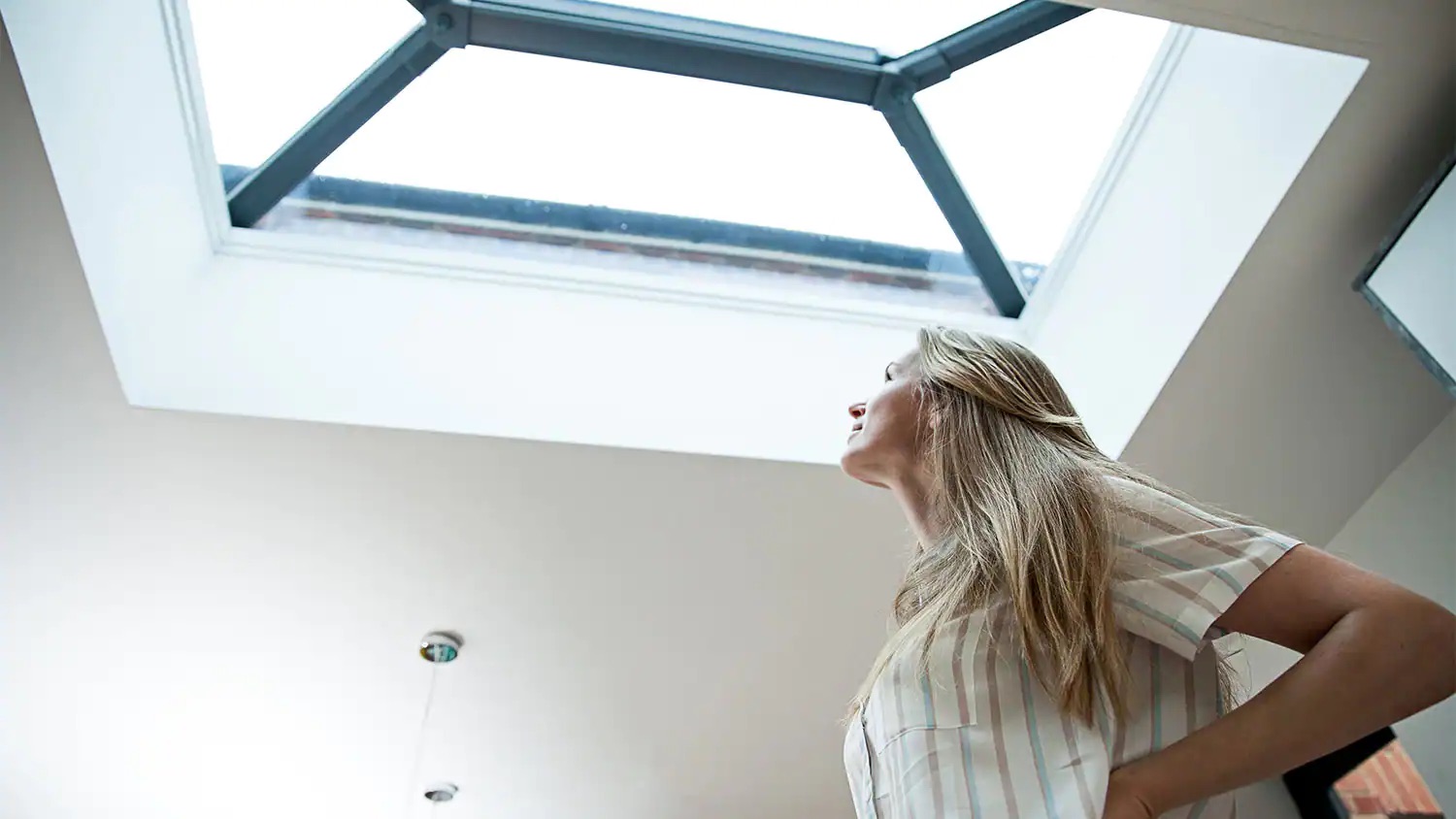

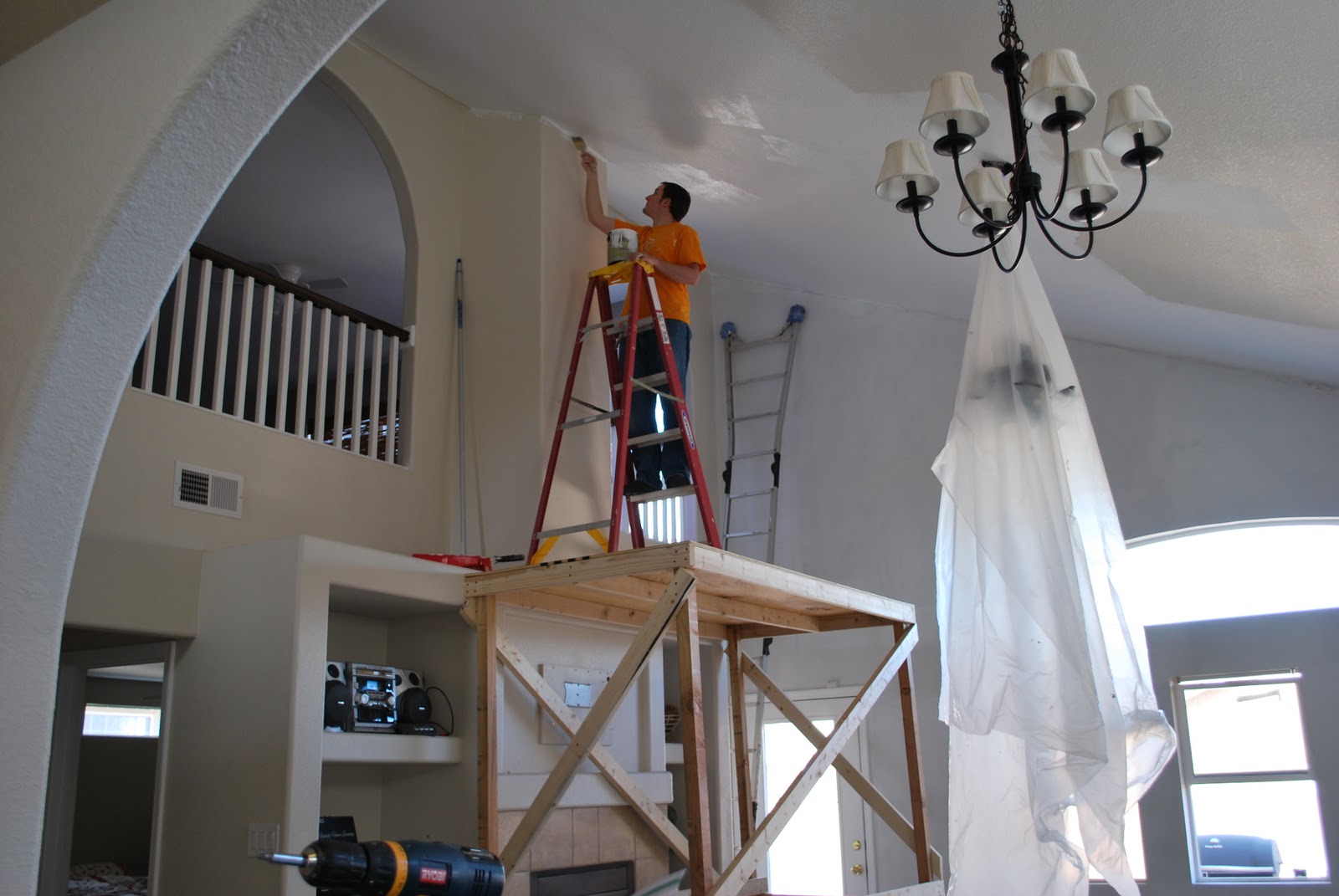
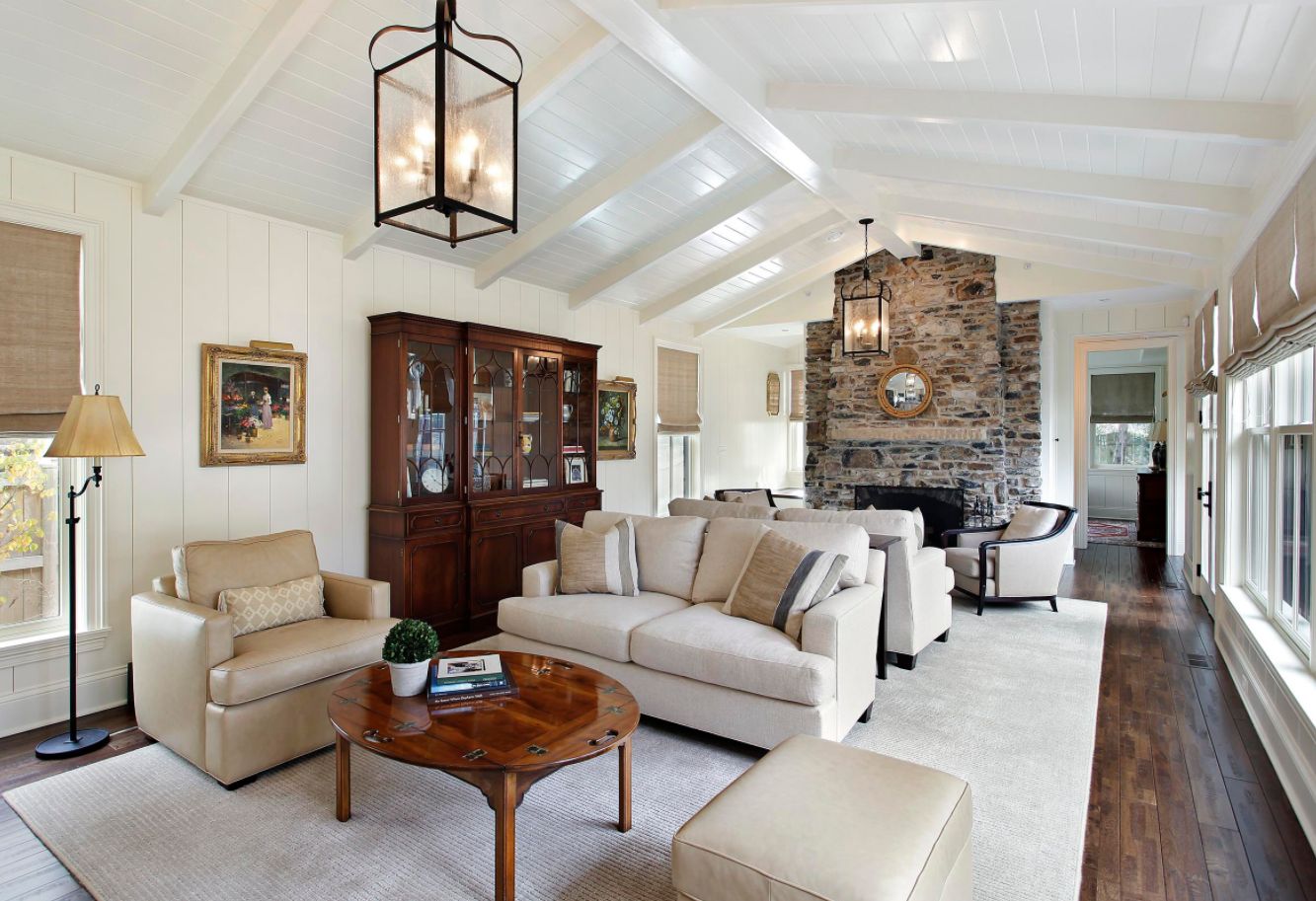
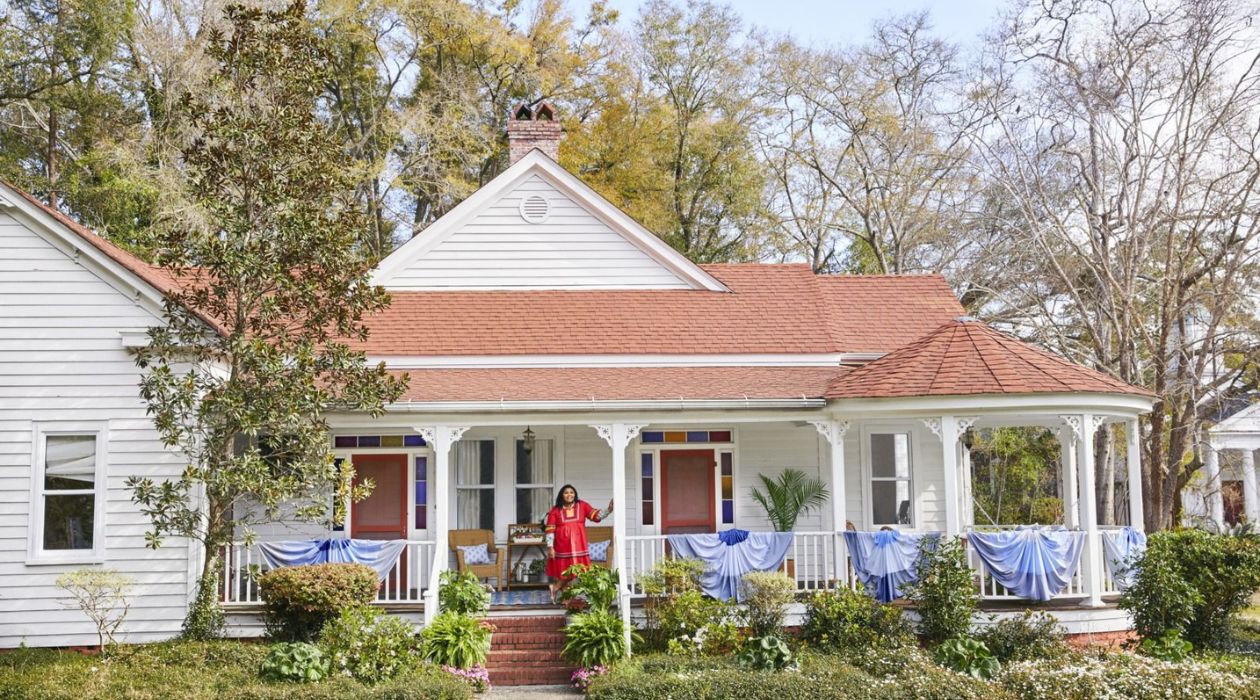
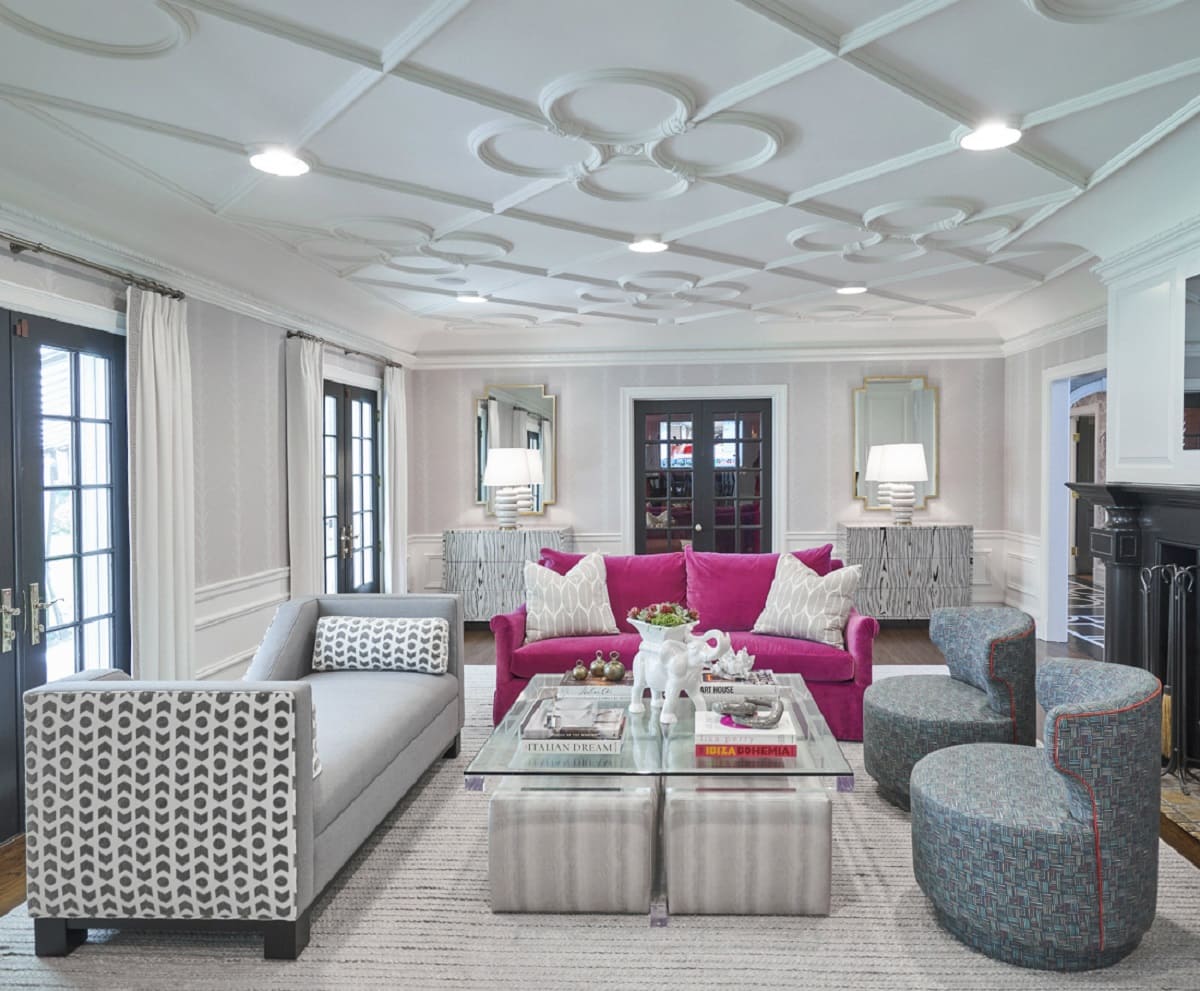
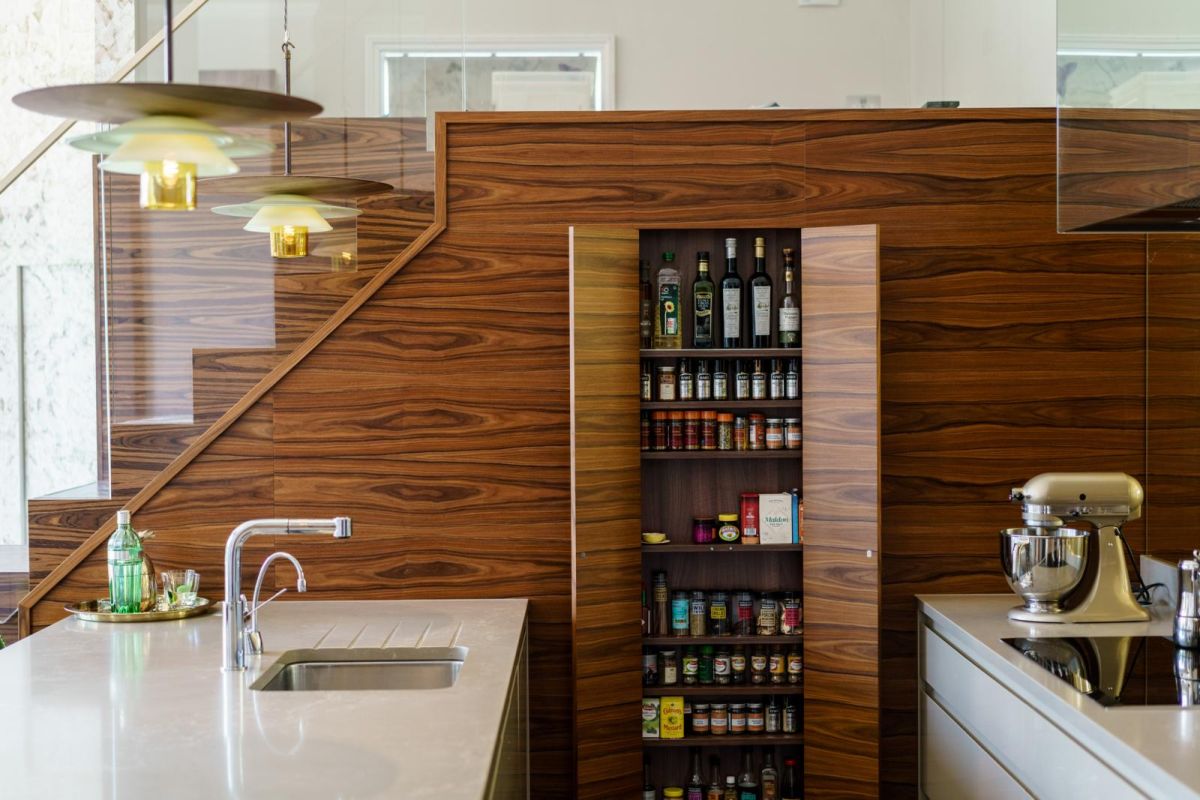
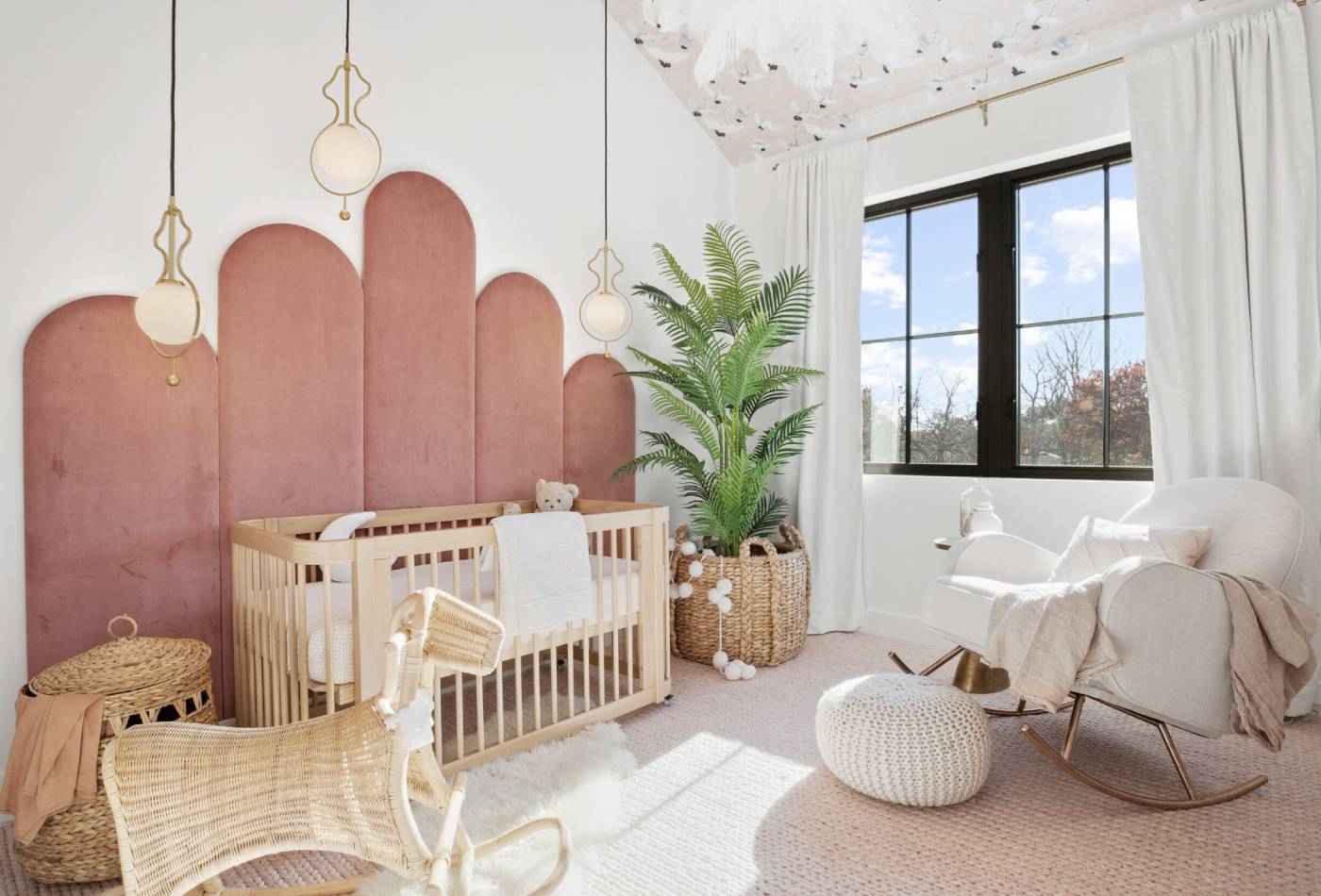

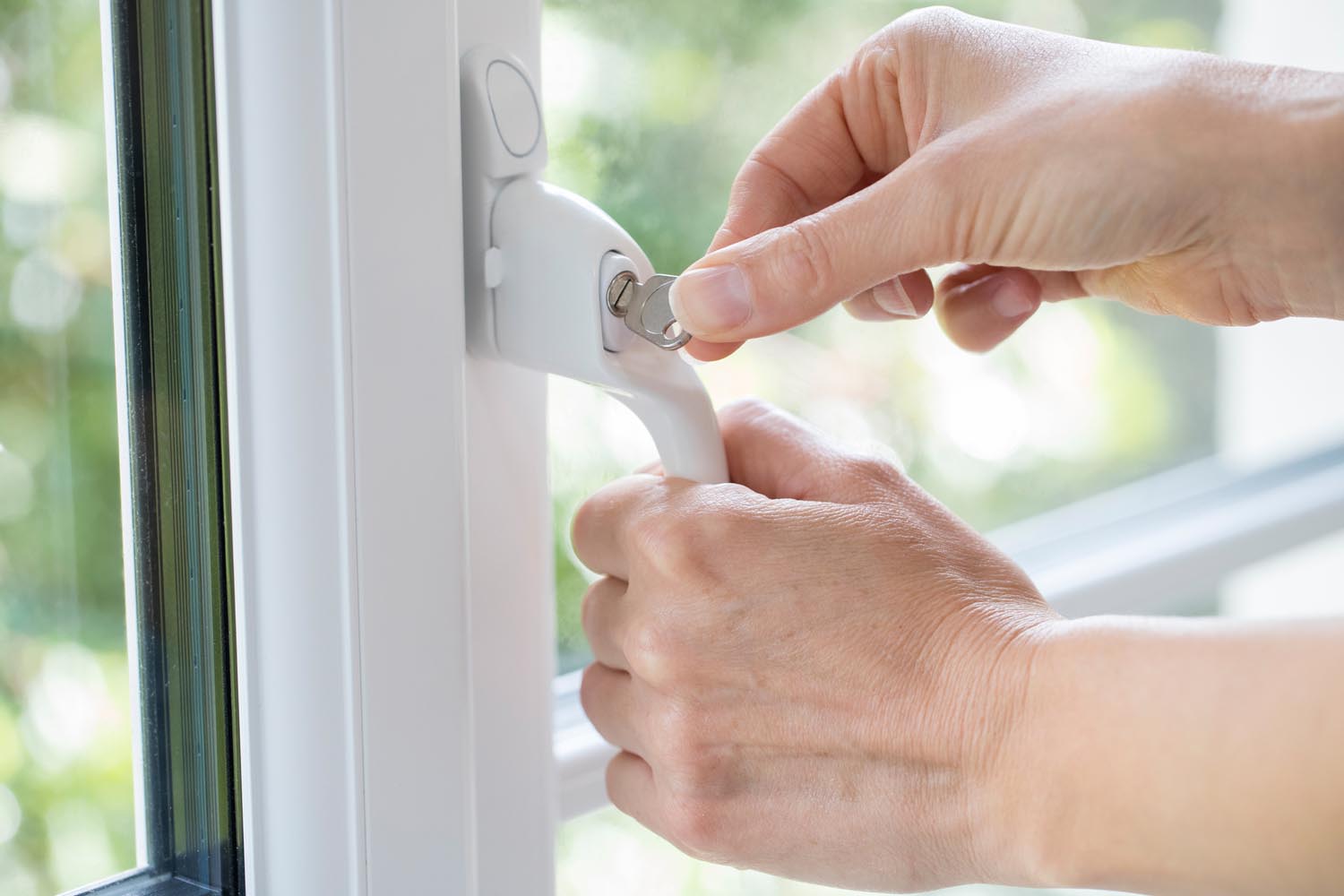
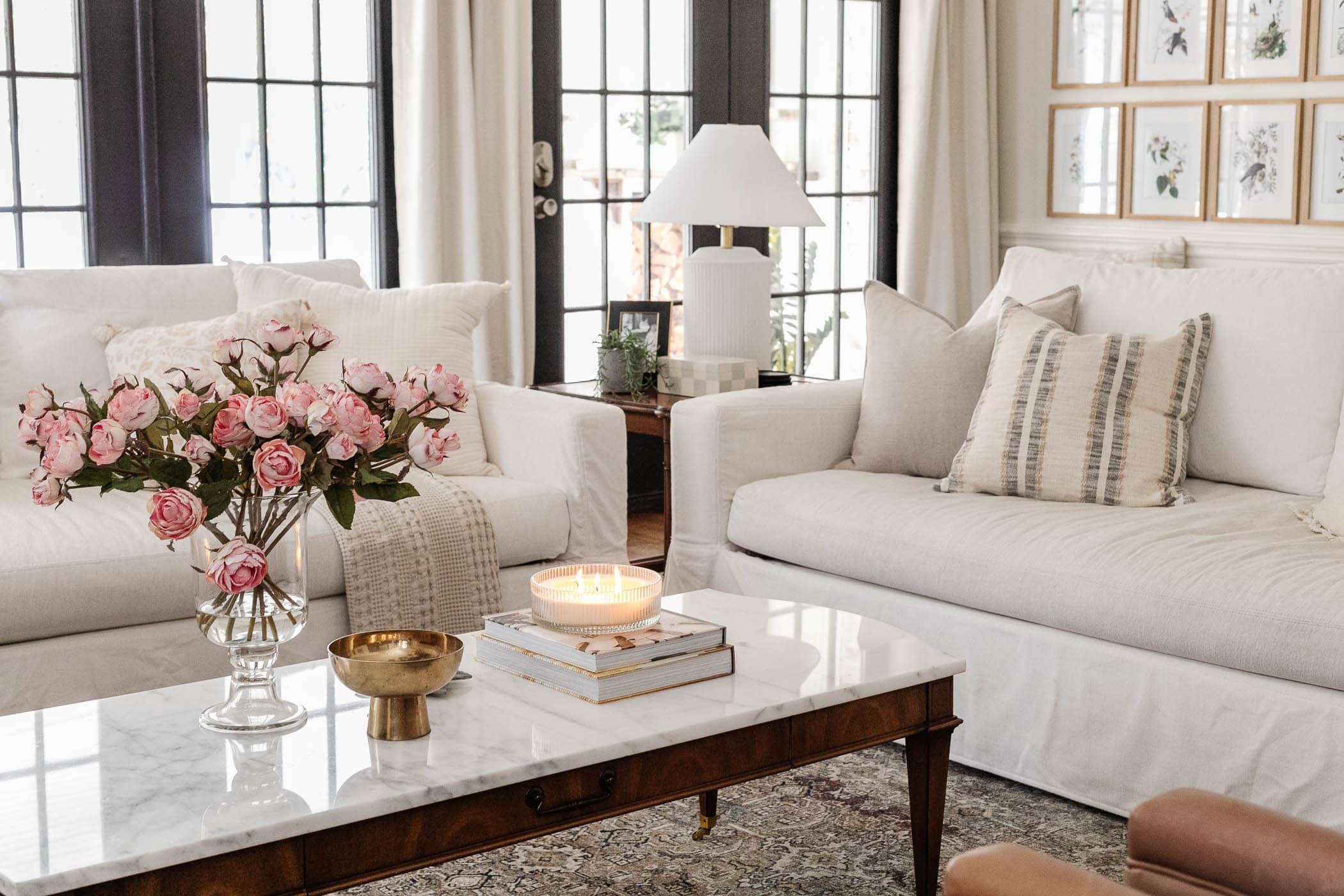

0 thoughts on “20 Bright Ideas For Ceiling Windows, Transoms, And More”